Fantasy worlds can captivate our imagination, making us wish we could step into their breathtaking landscapes. The rolling hills of Hyrule, the snow-capped mountains of Skyrim, and the whimsical settings of Studio Ghibli films all inspire a sense of adventure that many travelers seek in real-world destinations.
These fictional realms aren’t just digital or animated backdrops—they’re often inspired by places you can visit.
Here is a list of 20 real-world destinations that capture the magic and wonder of these beloved fantasy worlds. These destinations offer travel experiences that feel like stepping into your favorite game or animated film.
Jiufen, Taiwan (Spirited Away)
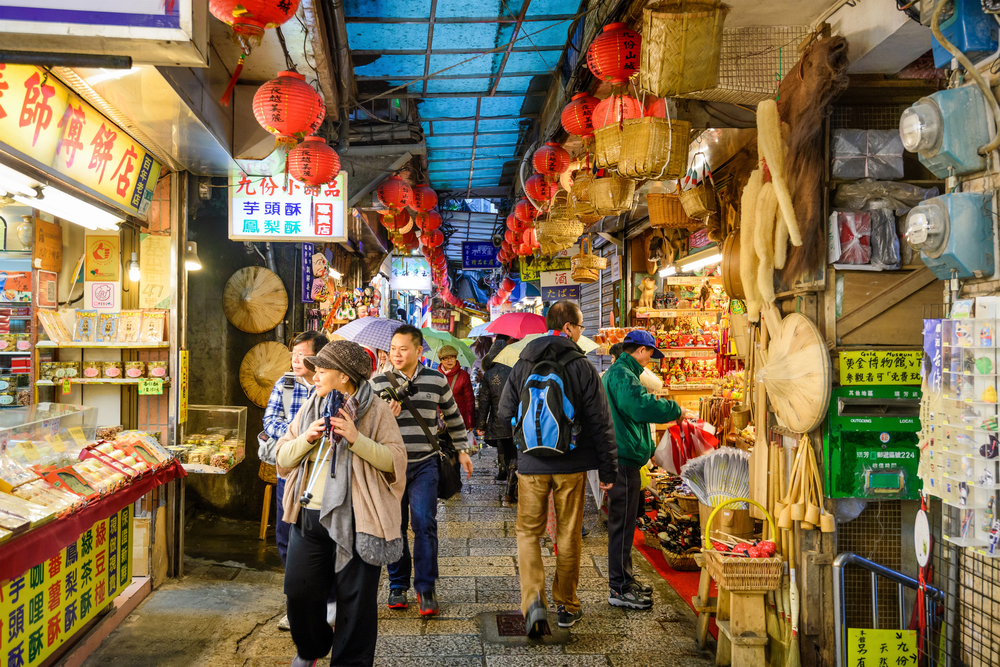
The narrow, winding streets and traditional tea houses of Jiufen inspired the bathhouse town in Spirited Away. Red lanterns illuminate stone staircases that twist between shops and restaurants, creating an atmospheric maze reminiscent of Chihiro’s journey.
Visitors can sip tea at A-Mei Teahouse, whose distinctive architecture recalls Yubaba’s bathhouse, especially when mist rolls in from the nearby mountains.
Isle of Skye, Scotland (Skyrim’s Reach)
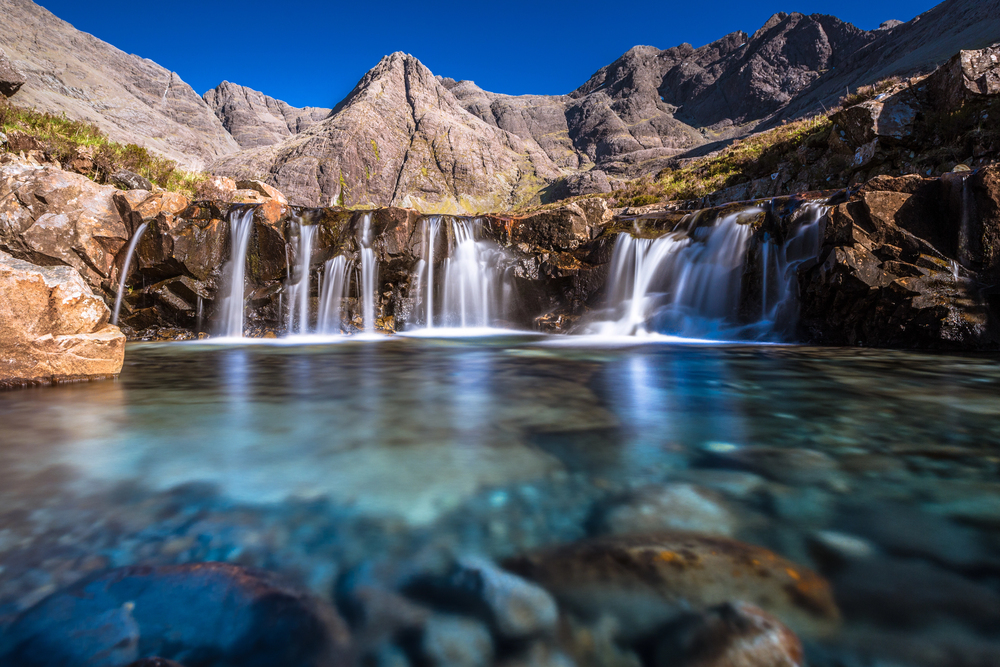
The rugged, windswept landscapes of the Isle of Skye mirror the harsh beauty of Skyrim’s Reach region with stunning accuracy. Jagged rock formations like the Old Man of Storr rise dramatically from grassy plains, resembling the ancient Nordic ruins scattered throughout the game’s western hold.
The island’s ever-changing weather creates dramatic lighting conditions across the terrain, much like the dynamic environment that makes exploring Skyrim engaging.
Like Travel Pug’s content? Follow us on MSN.
Zhangjiajie National Forest, China (Zelda’s Dueling Peaks)
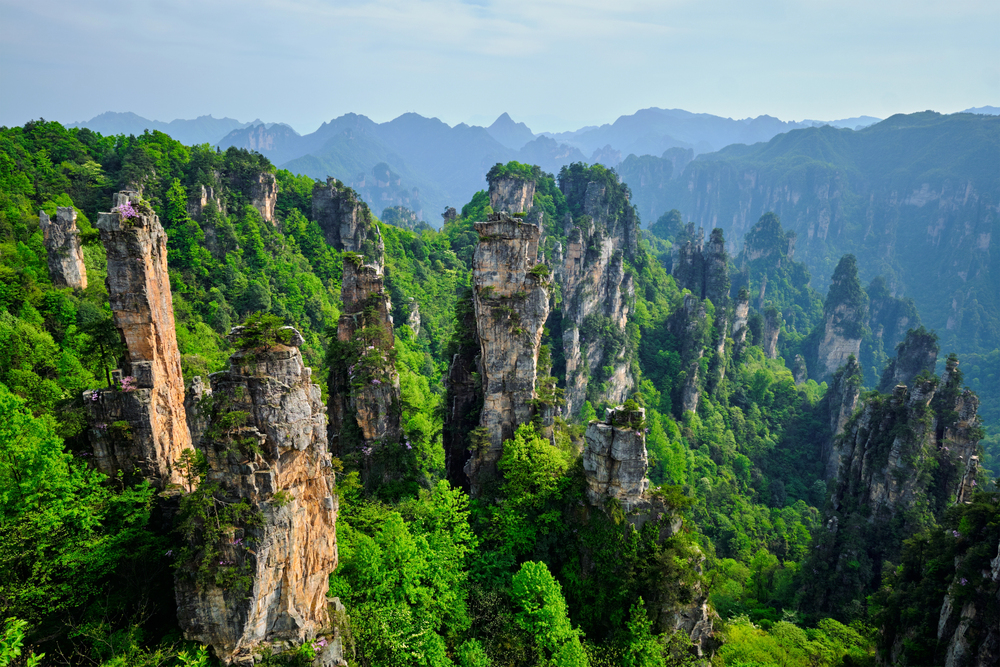
The towering quartzite sandstone pillars of Zhangjiajie National Forest Park look strikingly similar to the Dueling Peaks from Breath of the Wild.’ These natural skyscrapers rise through layers of mist, creating a surreal landscape that feels plucked straight from Hyrule.
Visitors can take a cable car to experience panoramic views reminiscent of Link’s paraglider rides, offering the same sense of wonder and discovery.
Lake Bled, Slovenia (Skyrim’s Lake Ilinalta)
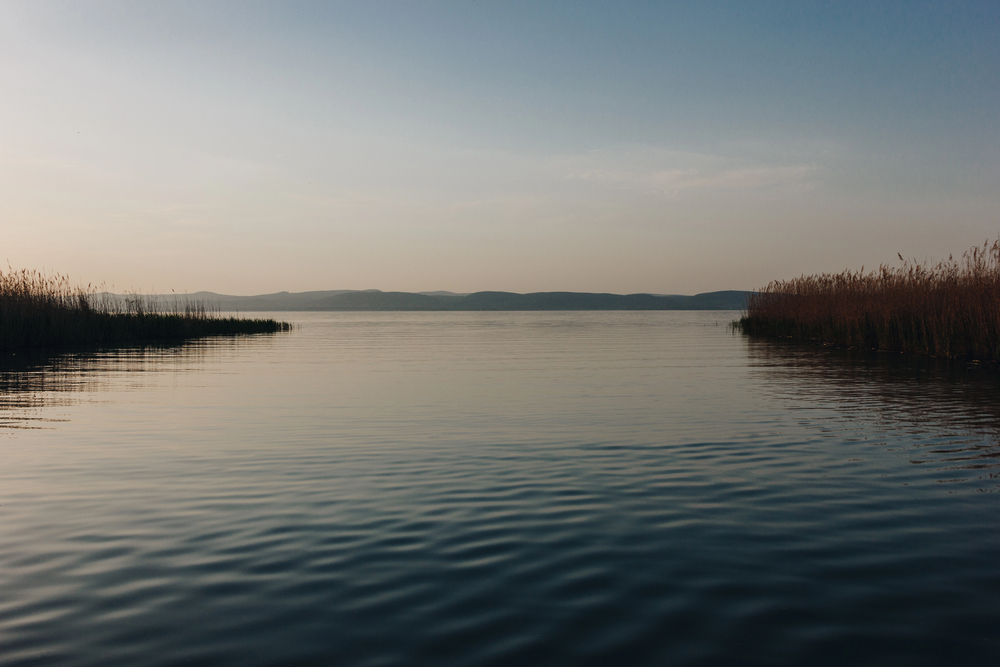
With its crystal-clear waters reflecting snow-capped mountains and a church-topped island at its center, Lake Bled perfectly captures the serene beauty of Skyrim’s Lake Ilinalta. The medieval Bled Castle perches on a cliff above the lake, much like the game’s Fort Snowhawk overlooking its fictional counterpart.
Rowing a traditional wooden pletna boat to the island feels like an adventure straight out of an Elder Scrolls quest.
Cascate del Mulino, Italy (Zelda’s Hot Springs)
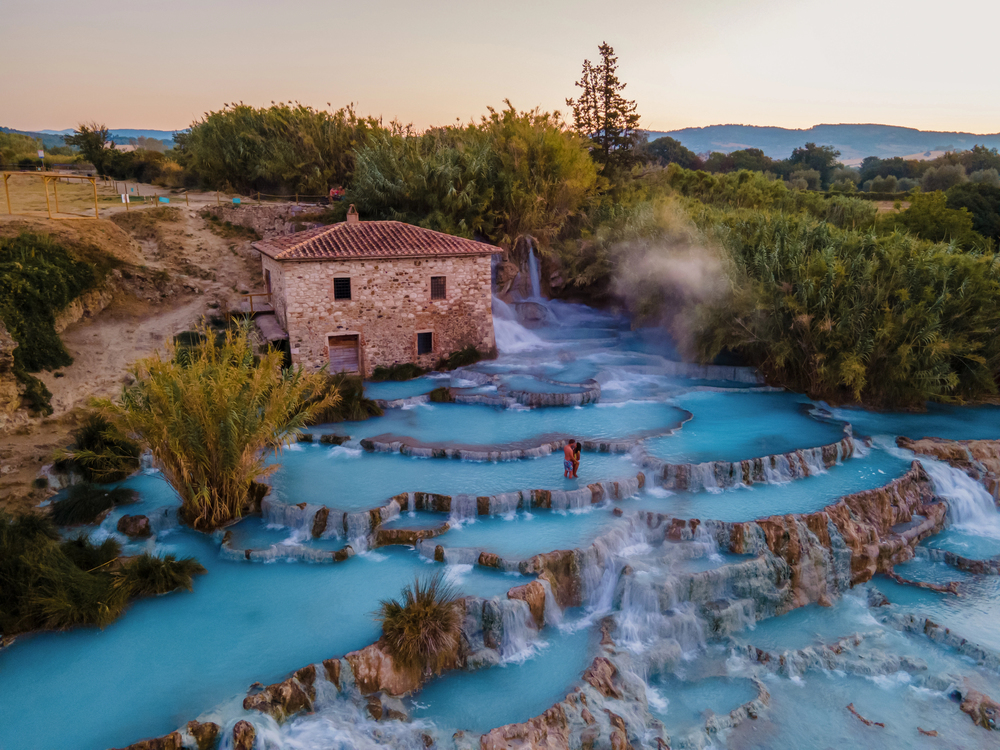
The natural thermal baths of Cascate del Mulino in Tuscany mirror the healing hot springs found throughout various Zelda games. Warm, mineral-rich waters cascade over travertine rock formations, creating natural pools of varying temperatures, just like the ones Link might soak in to restore health.
The surrounding countryside, with its rolling hills and ancient towns, perfectly captures that pastoral Hyrulean atmosphere.
Like Travel Pug’s content? Follow us on MSN.
Shirakawa-go, Japan (Skyrim’s Winterhold)
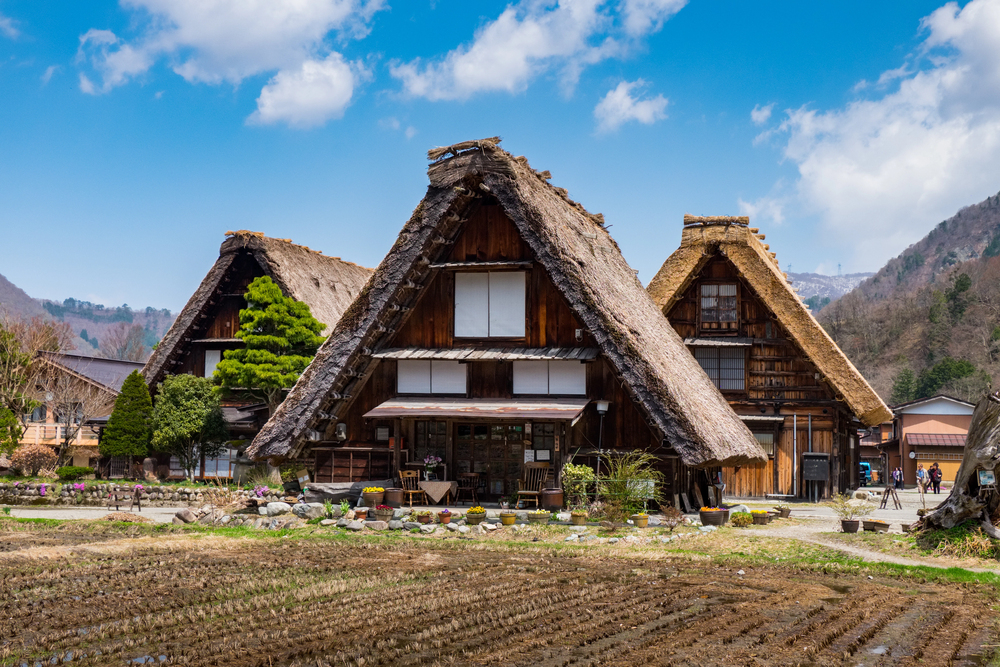
The historic village of Shirakawa-go transforms into a real-life Winterhold when heavy snow blankets its traditional gassho-zukuri farmhouses. These steeply pitched thatched roofs, designed to prevent collapse under snow weight, resemble the Nord architecture prominent throughout Skyrim.
The village’s UNESCO World Heritage status preserves its ancient building techniques and cultural practices, giving visitors an authentic glimpse into traditional mountain life.
Yakushima Forest, Japan (Princess Mononoke)
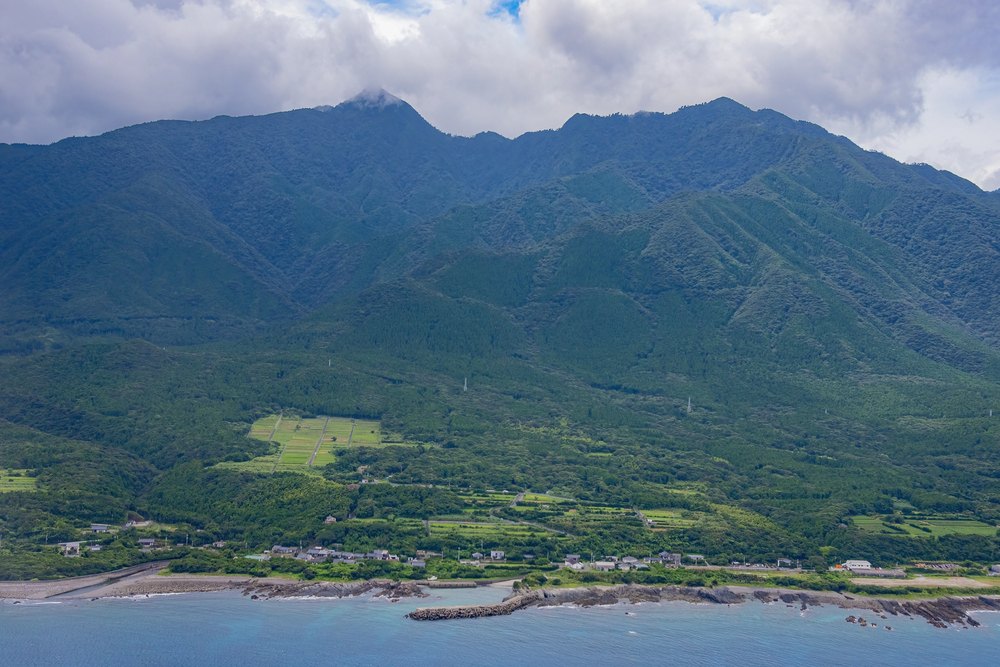
The ancient cedar forests of Yakushima Island directly inspired the mystical woodlands in ‘Princess Mononoke.’ Moss-covered roots snake across the forest floor while thousand-year-old trees tower overhead, creating the same primeval atmosphere as the film’s sacred forest.
The island’s frequent rainfall creates a perpetual mist that shrouds the landscape, adding to the feeling that forest spirits might appear at any moment.
Meteora, Greece (Skyrim’s High Hrothgar)
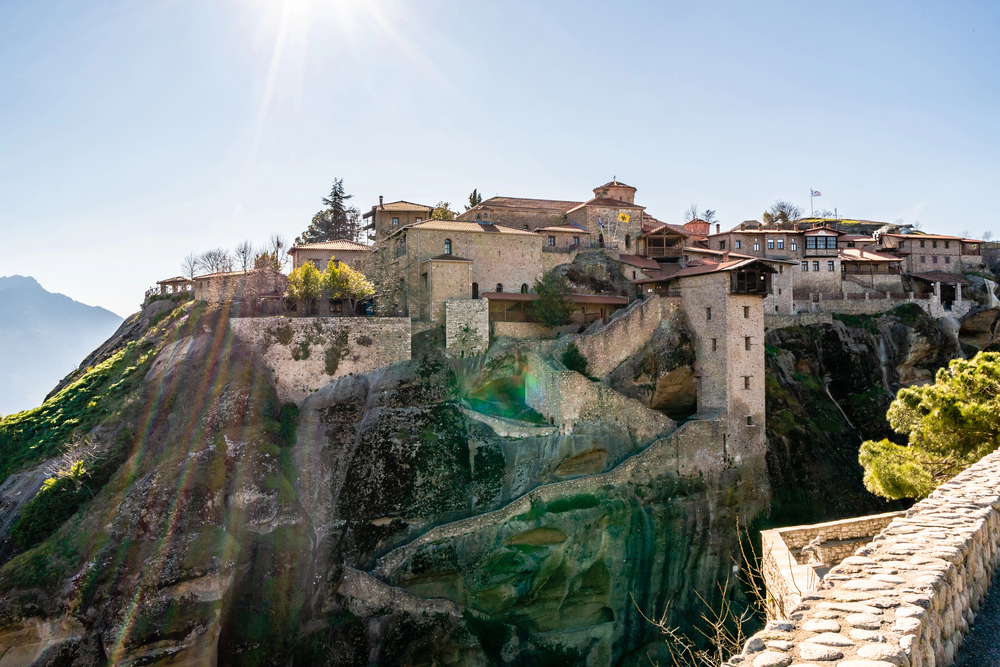
The monasteries of Meteora, perched atop massive natural rock pillars, evoke the isolated grandeur of High Hrothgar in Skyrim. Monks built these structures on seemingly inaccessible peaks, creating a dramatic silhouette against the sky that resembles the Throat of the World.
Climbing the stone steps carved into the cliffs offers increasingly spectacular views reminiscent of the 7,000 Steps pilgrimage in the game.
Like Travel Pug’s content? Follow us on MSN.
Salar de Uyuni, Bolivia (Zelda’s Lanayru Desert)
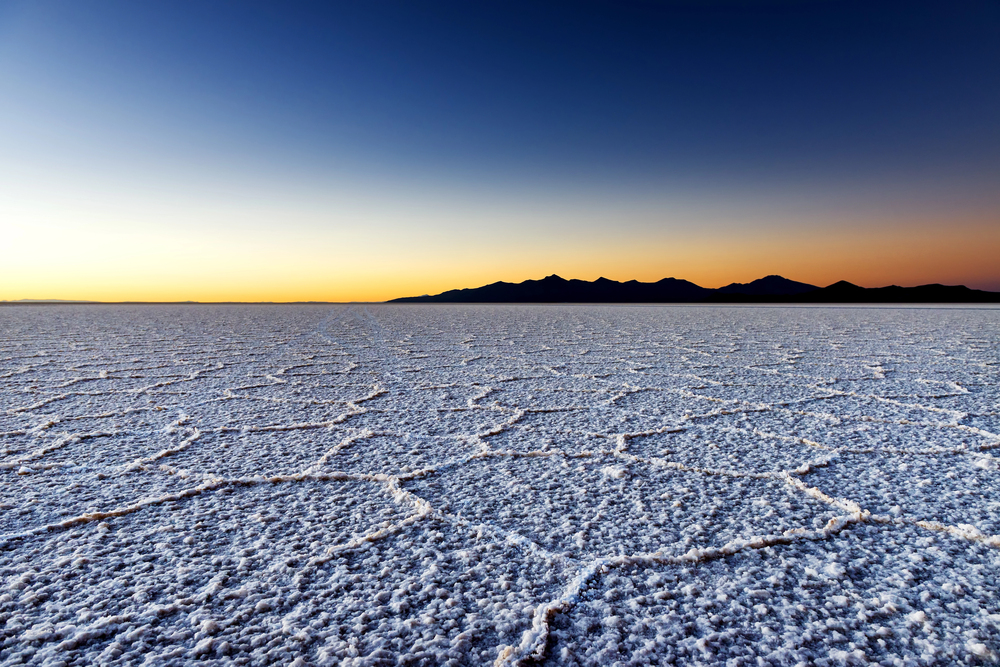
The world’s largest salt flat transforms into a perfect mirror during the rainy season, creating an otherworldly landscape similar to the time-shifted areas of Zelda’s Lanayru Desert. This vast expanse plays with perspective in ways that feel magical, much like the reality-bending puzzles in Zelda temples.
The hexagonal patterns formed by the crystallizing salt resemble the geometric designs in ancient Sheikah technology.
Cappadocia, Turkey (Studio Ghibli’s Castle in the Sky)
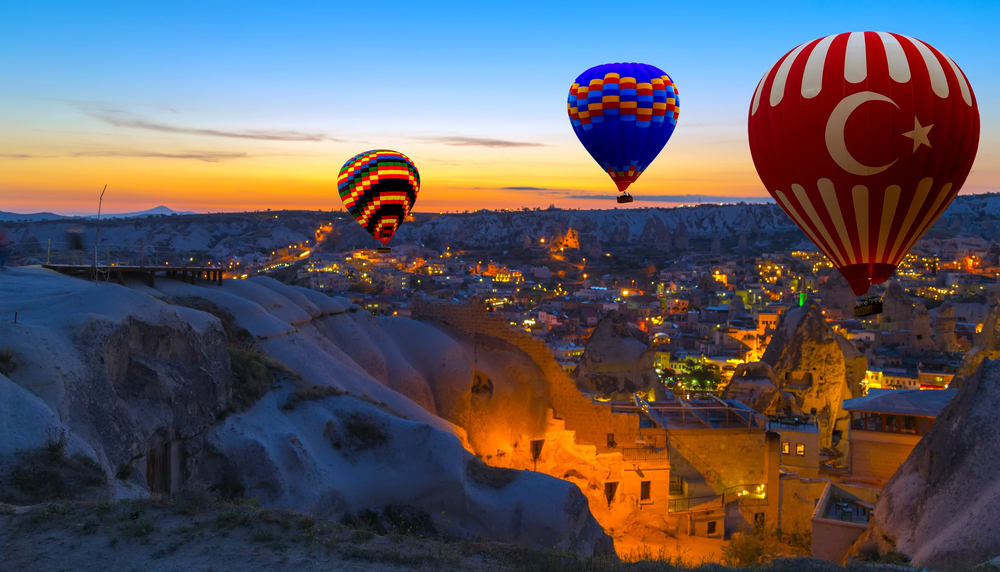
Cappadocia’s fairy chimney rock formations and cave dwellings capture the floating island aesthetic of Castle in the Sky. At sunrise, hot air balloons drift above this surreal landscape, offering views that make you feel like you’re approaching Laputa.
The region’s underground cities, carved into soft volcanic rock, add a layer of wonder that perfectly matches Ghibli’s imaginative environments.
Faroe Islands (Skyrim’s Solstheim)
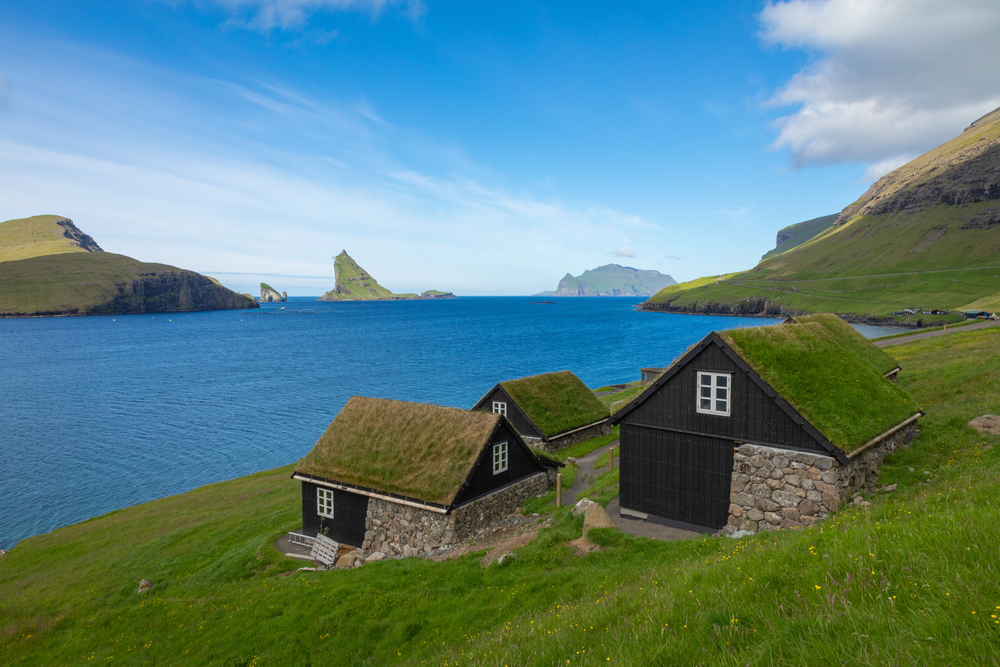
The wind-battered coastlines and dramatic cliffs of the Faroe Islands embody the harsh beauty of Skyrim’s Solstheim from the Dragonborn DLC. Isolated villages with turf-roofed houses cling to rugged hillsides, while mist-shrouded valleys cut between towering mountains, like in the game’s Nordic landscape.
The islands’ volatile weather changes rapidly from sunshine to storm, mirroring adventurers’ unpredictable conditions in the Elder Scrolls world.
Like Travel Pug’s content? Follow us on MSN.
Bamboo Forest of Arashiyama, Japan (The Tale of Princess Kaguya)
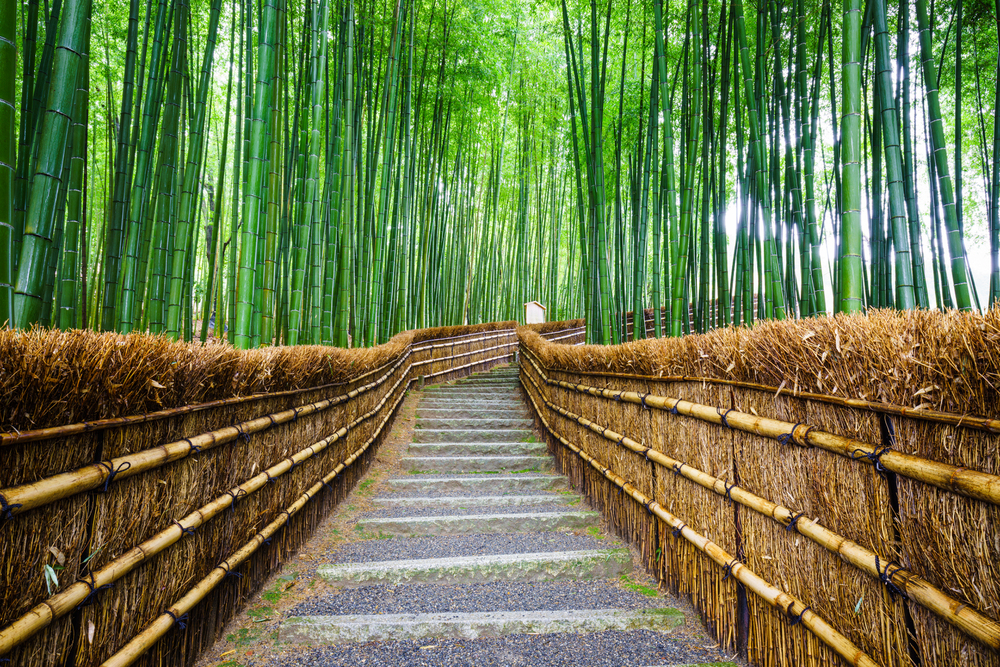
Walking through the soaring green corridors of Arashiyama’s bamboo forest feels like stepping into scenes from ‘The Tale of Princess Kaguya.’ Sunlight filters through the dense bamboo stalks, creating the same dappled lighting effects that give the film its distinctive watercolor aesthetic.
The gentle swaying and distinctive rustling of bamboo in the breeze adds to the immersive experience, matching the film’s meditation on natural beauty.
Isle of Staffa, Scotland (Zelda’s Divine Beast Vah Ruta)
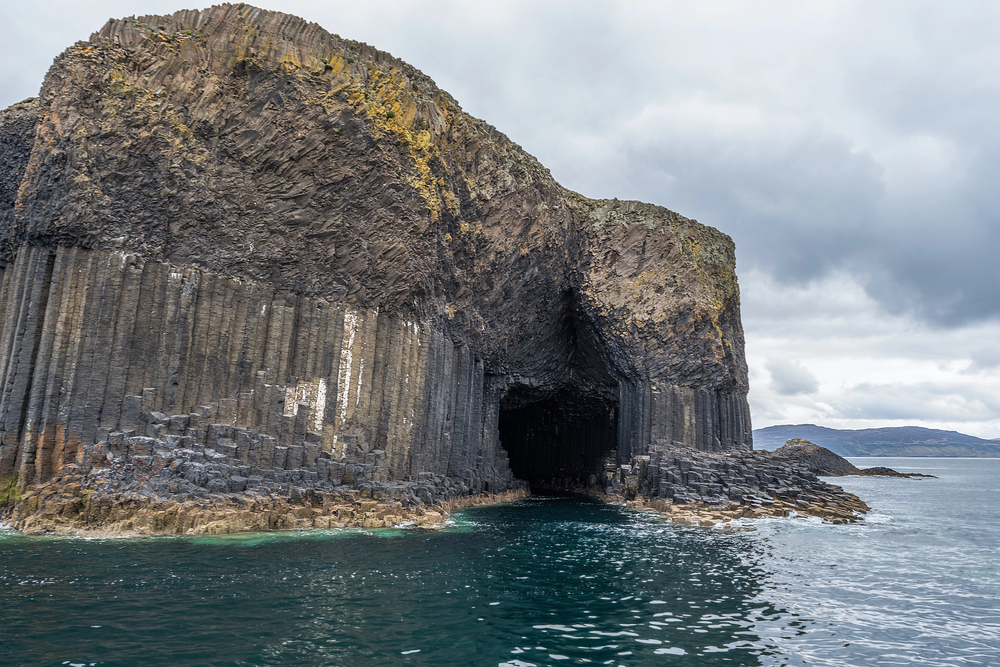
The hexagonal basalt columns of Staffa’s Fingal’s Cave resemble the architectural elements of Divine Beast Vah Ruta from Breath of the Wild.’ Ocean waves crash through the cave’s entrance, creating haunting acoustics like the beast’s mournful calls.
The island’s geometric natural formations mirror the ancient Sheikah technology aesthetic that defines the game’s most impressive structures.
Hallstatt, Austria (Skyrim’s Riften)
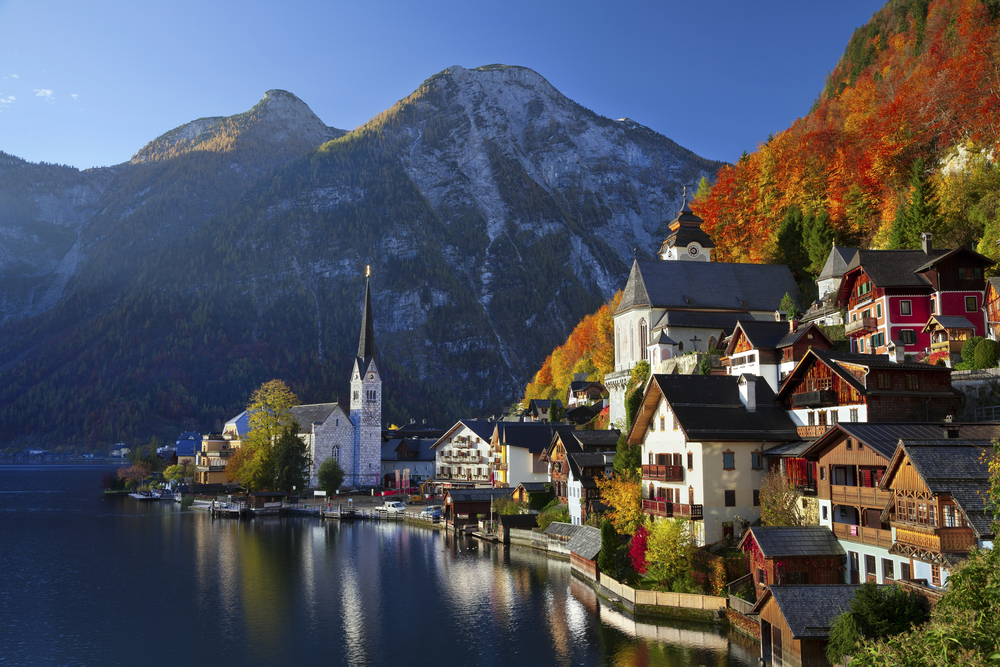
The lakeside village of Hallstatt, with its wooden buildings reflected in alpine waters, captures the atmosphere of Skyrim’s Riften with remarkable similarity. Colorful structures stack against steep mountainsides, creating the same tiered effect as the game’s autumnal city.
The surrounding deciduous forests burst with gold and amber during fall, perfectly matching Riften’s perpetual autumn setting in the Eldergleam region.
Like Travel Pug’s content? Follow us on MSN.
Aogashima, Japan (Zelda’s Death Mountain)
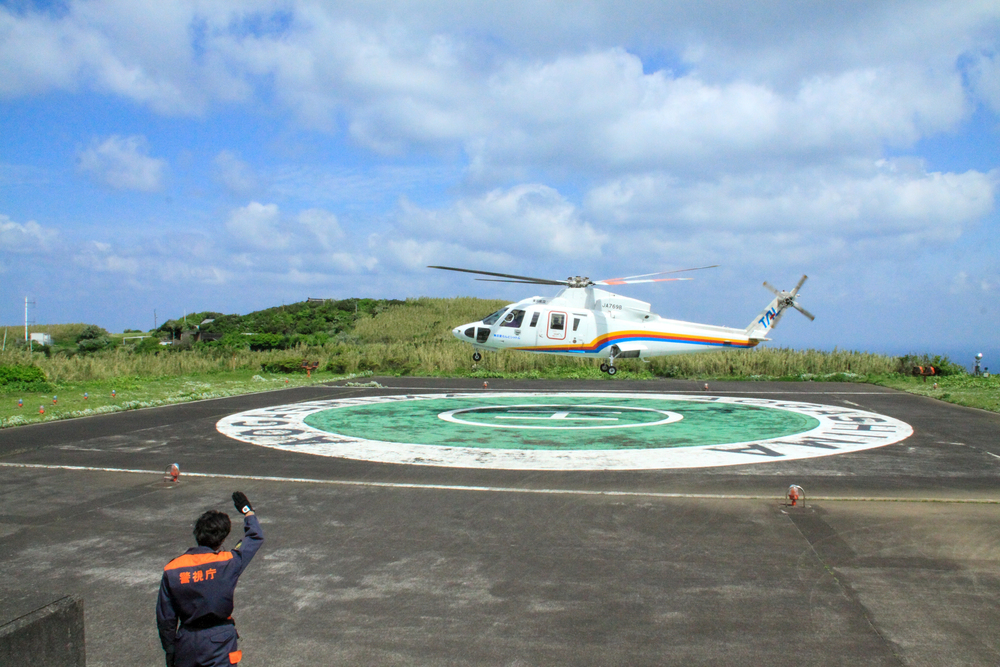
The double-walled volcanic island of Aogashima resembles Zelda’s Death Mountain with its circular crater and remote, challenging access. This inhabited volcanic island features a smaller crater within the main caldera, mimicking the concentric design of many Zelda dungeons.
Local hot springs and geothermal cooking pits harness volcanic energy in ways that would make the game’s Goron race feel right at home.
Neuschwanstein Castle, Germany (Studio Ghibli’s Howl’s Moving Castle)
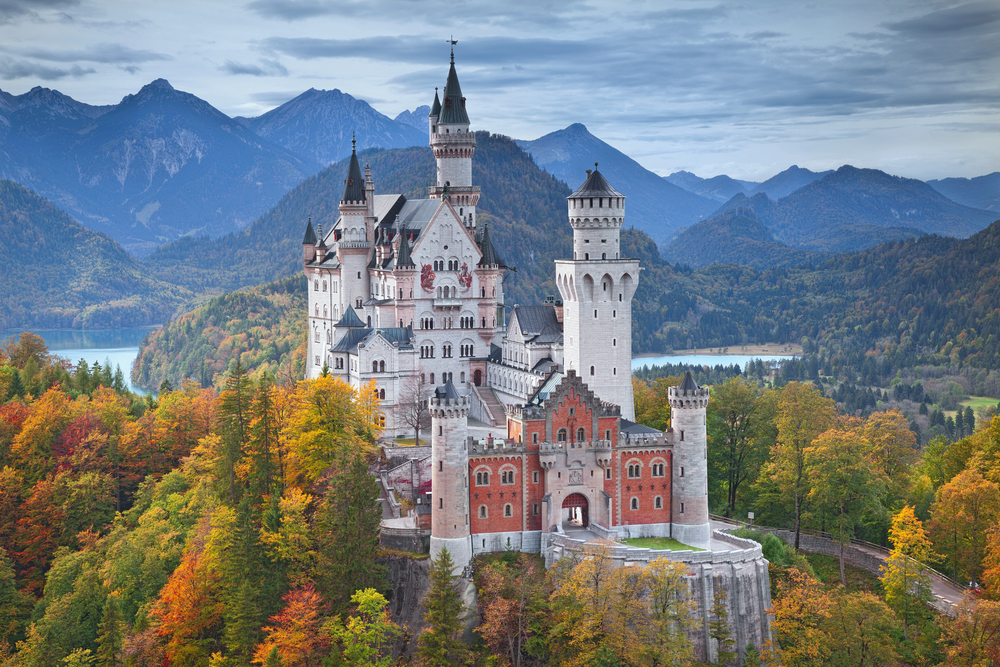
The fairytale turrets and dramatic mountain setting of Neuschwanstein Castle capture the fantastical architecture seen in Howl’s Moving Castle.’ Built as an idealized vision of a medieval fortress, its ornate towers and decorative elements reflect the same blend of whimsy and grandeur that defines Howl’s magical abode.
The castle’s interior matches the magical spaces within the film’s walking structure, with its elaborate painted scenes and ornate woodwork.
Skaftafell Ice Cave, Iceland (Skyrim’s Forgotten Vale)
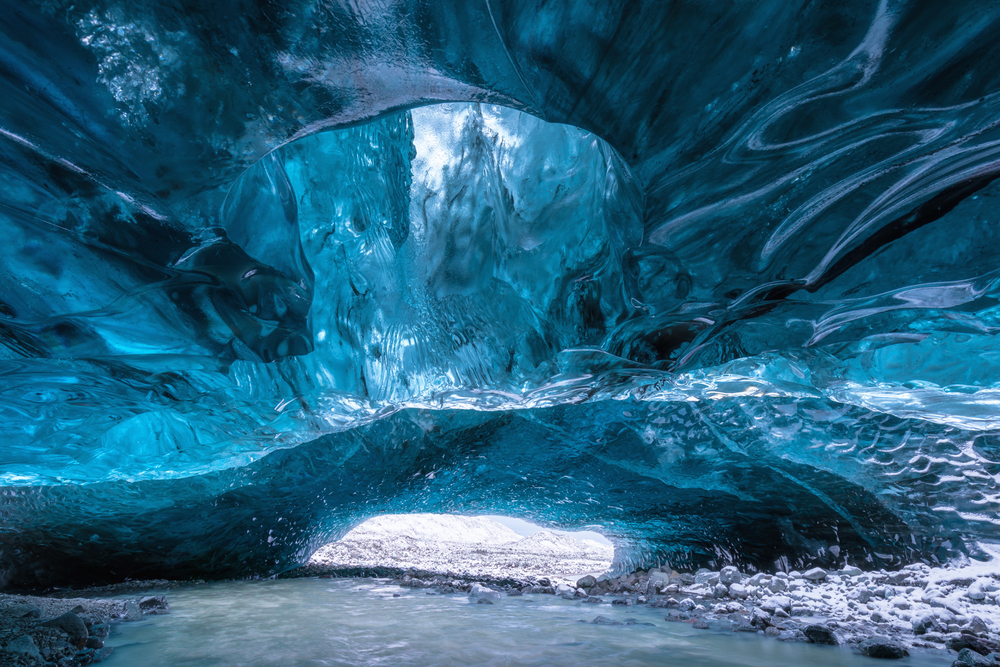
With their otherworldly beauty, the ethereal blue ice caves of Skaftafell National Park transport visitors to Skyrim’s Forgotten Vale. Light filtering through compressed glacial ice creates an unearthly blue glow identical to the ancient Falmer architecture in the game’s hidden valley.
The caves’ constantly changing formations ensure that no two journeys through this frozen wonderland are ever quite the same, like in Skyrim.
Like Travel Pug’s content? Follow us on MSN.
Antelope Canyon, Arizona (Zelda’s Gerudo Desert)
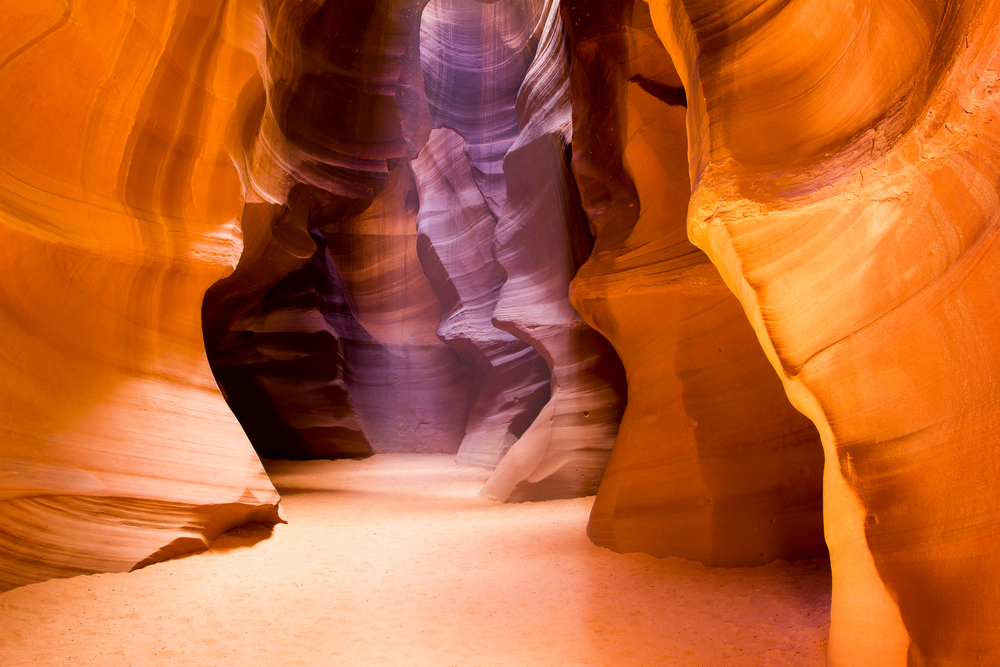
The flowing sandstone walls of Antelope Canyon, sculpted by flash floods over millennia, mirror the sweeping forms of Zelda’s Gerudo architecture. Shafts of light penetrate the narrow openings above, creating dramatic light beams that resemble the sun effects in Breath of the Wild’s desert region.
The vibrant orange-red color palette perfectly matches the Gerudo aesthetic, while the canyon’s hidden nature recalls the secret entrances to desert temples.
Huangshan Mountains, China (Studio Ghibli’s Princess Mononoke)
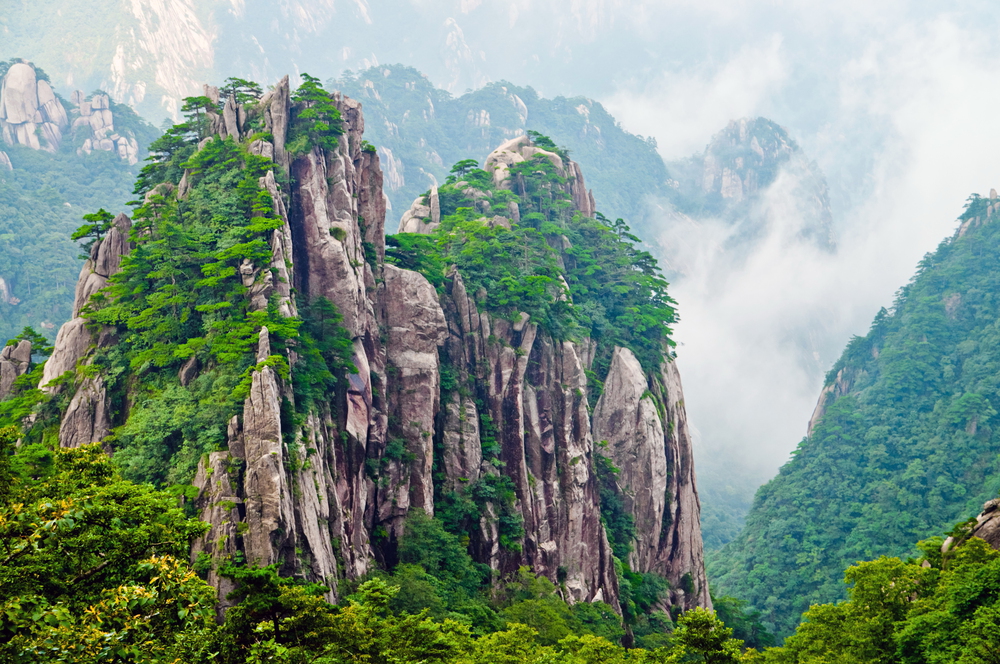
The mist-shrouded peaks of Huangshan appear to float above the clouds, creating vistas straight out of ‘Princess Mononoke.’ Ancient pines grow at impossible angles from rocky outcroppings, resembling the twisted, character-filled trees from the film’s animated landscapes.
The mountains’ granite pillars rise dramatically from swirling fog banks, replicating the mysterious atmosphere of the film’s boundary between human and spirit worlds.
Glencoe Valley, Scotland (Skyrim’s Whiterun Hold)
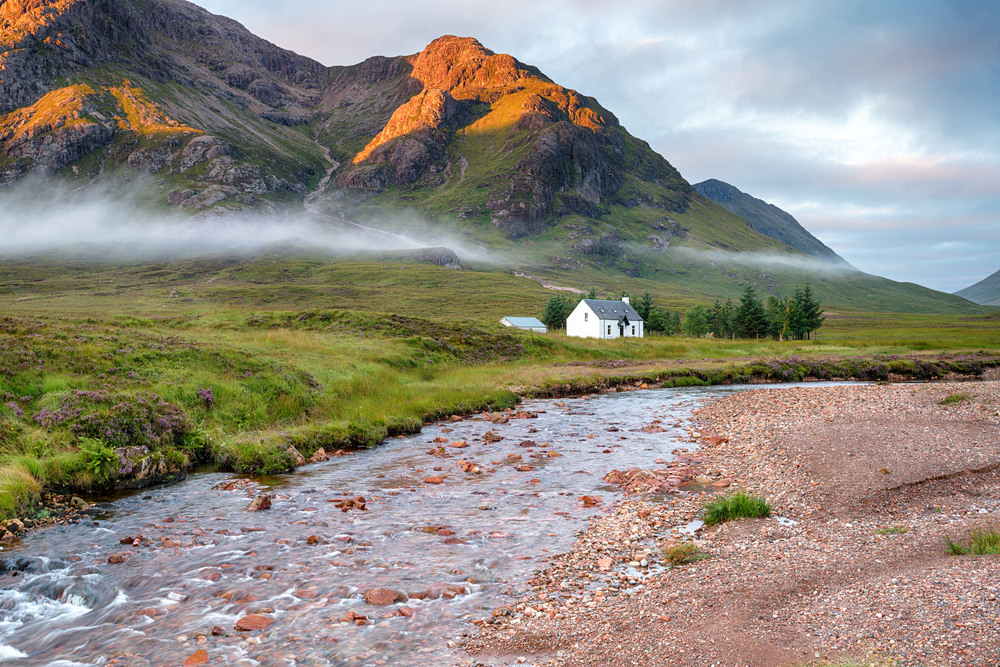
The sweeping valley of Glencoe, framed by dramatic mountain peaks, captures the open tundra feeling of Whiterun Hold from Skyrim. Golden grasses wave in the wind across this highland landscape, creating the same sense of vast wilderness that makes the game’s central hold so memorable.
Ancient stone structures dot the valley floor, reminiscent of the Nordic ruins that adventurers discover while traversing the game’s sprawling terrain.
Like Travel Pug’s content? Follow us on MSN.
From Fantasy to Reality
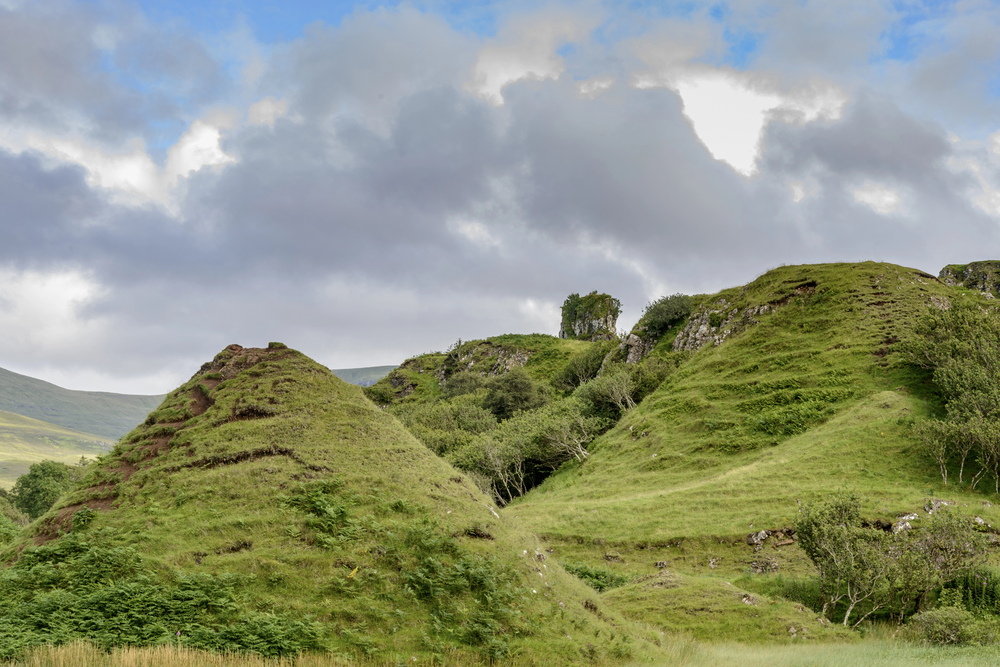
These real-world locations prove that the fantastical landscapes we love in games and animated films often have tangible counterparts waiting to be explored. The designers and artists behind Zelda, Skyrim, and Studio Ghibli productions frequently draw inspiration from actual places, infusing them with magic while preserving their essential beauty.
Visiting these destinations allows travelers to experience that rare thrill of recognition—the moment when digital or animated worlds connect with physical reality. The emotional response these places evoke feels remarkably similar to what we experience through screens, proving that the line between fantasy and reality is thinner than we might think.
More from Travel Pug

- Cities Growing so Fast You Won’t Recognize Them in 10 Years
- 13 Destinations Where Tourists Regularly Regret Their Trip
- 20 Obscure WWII Sites Even History Buffs Don’t Know About
- 10 Under-the-Radar Mountain Towns That Are Both Affordable and Beautiful
- 20 Abandoned Places That Feel Like Real-Life Post-Apocalyptic Movie Sets
Like Travel Pug’s content? Follow us on MSN.
